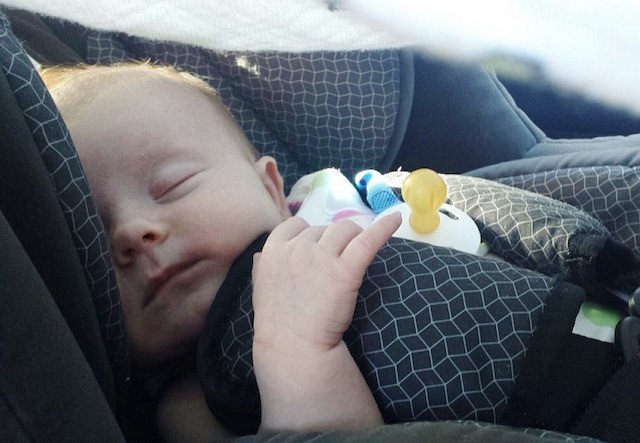
Car safety seats (CSSs) now are commonly used when parents travel with kids by car. In the US, all 50 states have laws that mandate CSS use for young children.
In Australia, the government makes specific regulations on CSS use for children at different ages. CSSs can protect children in car crashes effectively (e.g., reducing death risk by 71% in infants aged < 1 year).
However, many people may misuse it easily and hence increase the risk of child injury.
In a study published in the Journal of Pediatrics, researchers examined the ratio of CSS misuse at hospital discharge after a baby is born, the potential risk factors, and the protective factors.
Researchers randomly selected 291 mother-baby pairs from the newborn unit at the Oregon Health and Science University Hospital.
The moms completed a survey about their CSS experiences, and then they positioned the newborn infant in the CSS and installed the CSS in their car.
After that, certified child passenger safety technicians assessed the positioning and installation based on nationally standardized criteria.
Researchers found that 95% of CSSs were misused, and serious CSS misuse happened for 91% of infants. The mistakes included wrong reline angle, harness errors, seat belt use errors, and chest clip errors.
Nevertheless, when moms worked with a child passenger safety technician before they delivered the infant home, all of these CSS errors were decreased.
Researchers also found that education level and language background could influence CSS misuse.
The finding suggests that young parents easily misuse CSSs, and that training from child passenger safety technicians can help correct the mistakes.
In addition, postpartum assistance can reduce CSS misuse. Future work will focus on how to provide affordable child passenger safety resources to parents.
Copyright © 2018 Knowridge Science Report. All rights reserved.



